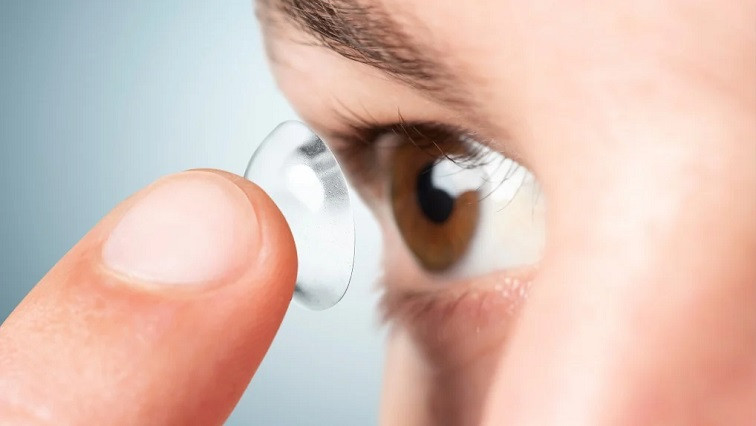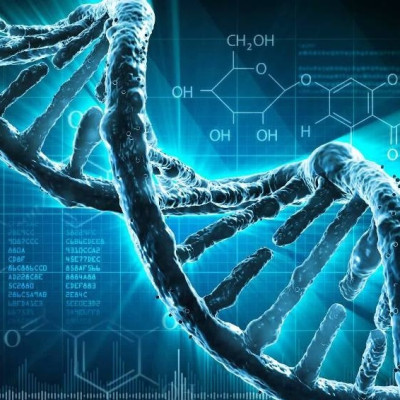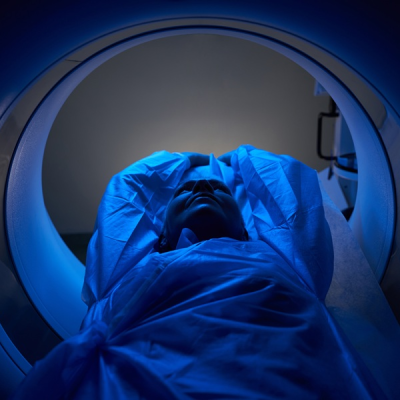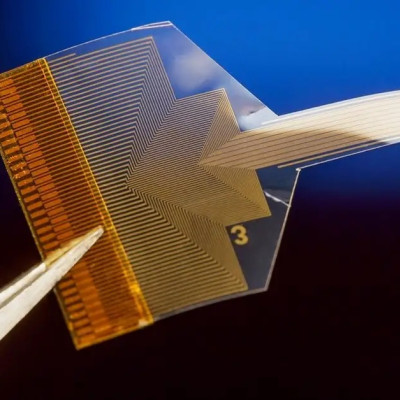Tears also contain rich biomarkers such as proteins and glucose, which are useful for diagnosing both ocular and systemic conditions like diabetic retinopathy.
Nanotechnology Engineering Capstone Group 5 explored the diagnostic potential of tears and embarked on a successful and exciting journey doing their Fourth-Year Design Project.
They won first place in the Nanotechnology Engineering Program, but they did not stop there. They also won the Engineer of the Future Award, the Bayliss Medical Award, and an award from the Sanford Fleming Foundation.
The group competed in the OEC Innovative Design Competition and won second place. They also took second place in the National Canadian Engineering Competition.
Tear testing is in its infancy; the current method for tear testing uses strips of paper that can be placed under the eyelid for diagnosing dry eye. Micro capillary tubes, small glass tubes placed in the corner of the eye, are also used in tear testing. Both tear collection methods are uncomfortable, sometimes requiring anesthetic drops.
Group 5 designed soft contact lenses using a hydrogel commonly found in contact lenses to create a double-layered lens. The inner layer was patterned with microstructures that allow tear fluid to flow in the gap between the layers, enhancing the collection volume while maintaining comfort. The lens itself helps absorb and retain fluid.
The project was inspired by an experience team member Belle Shin had on a study exchange to Korea in 2023. A professor gave a lecture about sensors and biomaterials that can be used in smart contact lenses. In his lecture, he shared that tears can be used like saliva, urine, and blood for diagnostic testing.
The group decided to focus on developing a tear collection method for their Capstone Project and was supervised by Professor Mahla Poudineh. A potential next step could involve integrating a sensor. However, they focused on refining the tear collection process.
The group's class and co-op experience throughout their undergraduate degree helped prepare them for the Capstone Project.
“The labs we did in fourth year were very applicable to the designs that we were making for our Capstone Project. During our co-op terms, we worked with professors who taught us about doing effective lab work and provided us with connections that we needed. They allowed us to utilize some of their resources for our project.”
The most rewarding moment was seeing their prototype finally work after months of iteration and troubleshooting. The group is happy that improving the collection process has the potential to remove barriers to using tears as a diagnostic tool.
With their Capstone Project as the culmination of their degrees, they reflected on their journey in the NE Program.
“This program taught us critical thinking skills and hands-on lab skills that are really useful, especially going forward.”
Some group members are now pursuing graduate studies at the University of Waterloo. They will also explore the possibility of filing a provisional patent for their design.
Read the original article on University of Waterloo.







